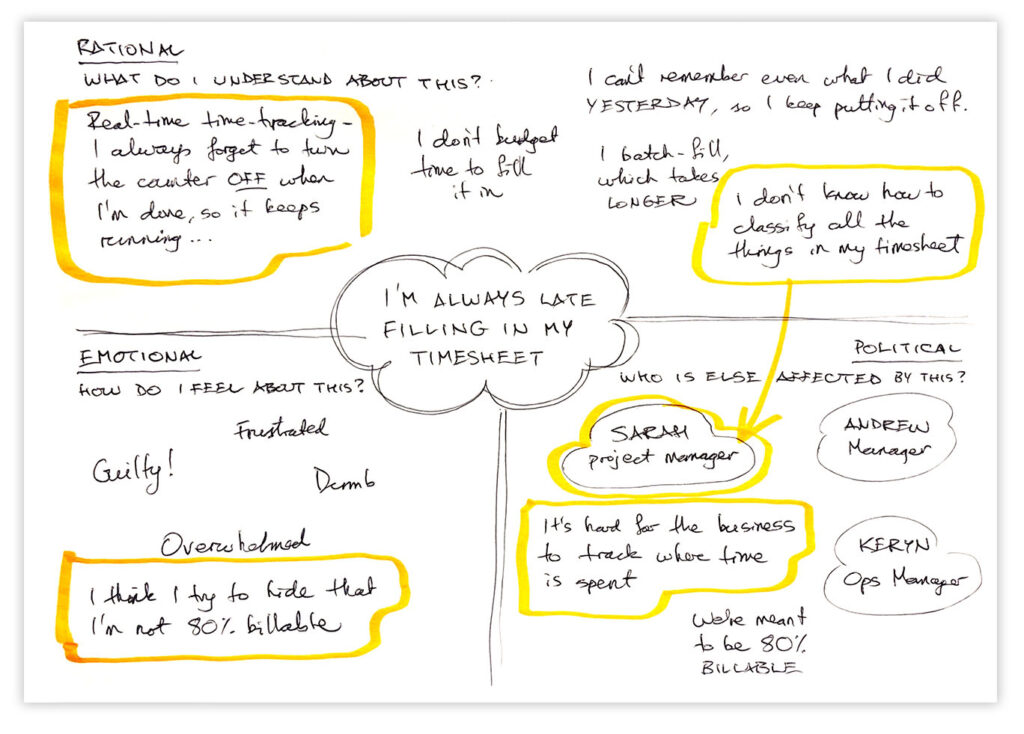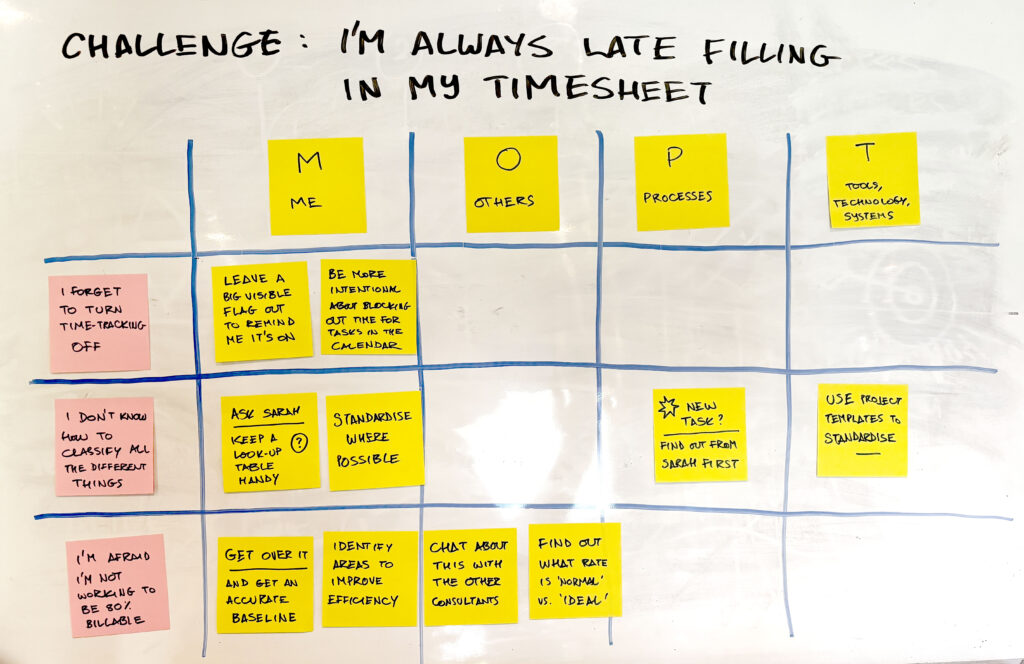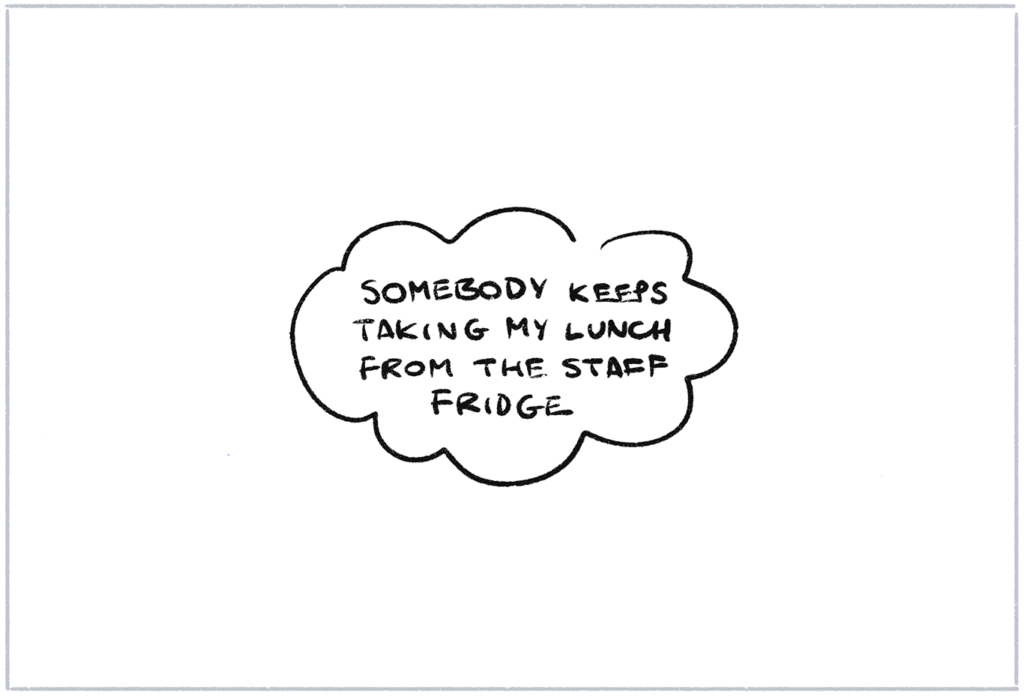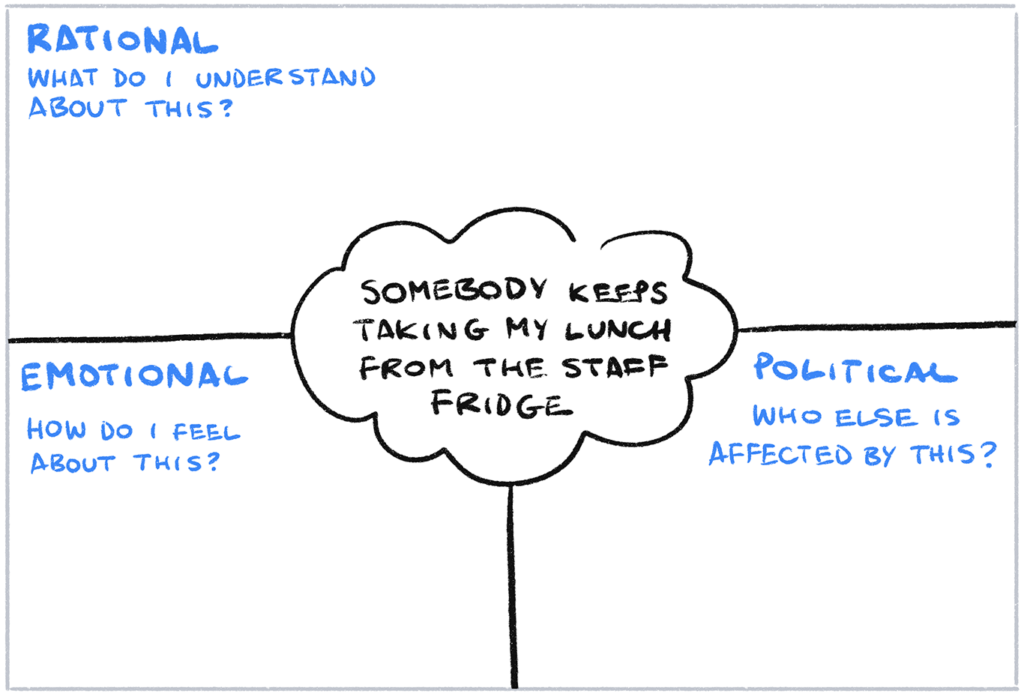Features! Story points! Sprints! UIs! It’s all too easy to let the detail of product management drown out the actual product strategy. The Product Pyramid can help.
Strategy is a tricky game. The more complicated the product(s), service(s) and business(es), and the more people involved, the trickier things get. Trying to get shared understanding about vision, direction, risk, priority, and so on is hard enough, let alone getting shared alignment, decision, and execution.
But so often I find that it’s all about connecting the various pieces of product management into a cohesive product strategy story. This usually involves visual framing, and getting everyone involved using a shared perspective and vocabulary that describes where we want to play and how we want to win.
Lots of product managers, designers and entrepreneurs struggle with strategy, because they jump into details too soon, or find it hard to separate what they know from what they believe/suspect/assume. Japanese master swordsman, author, philosopher and all round legend Miyamoto Musashi put it well: “Perception is strong and sight weak. In strategy it is important to see distant things as if they were close and to take a distanced view of close things“.
What is the Product Pyramid sketch?
With that in mind, the Product Pyramid sketch is a way for product managers, designers and founders to visually relate the detail of any product (or service) to the rest of what’s important about that product: the experience it provides, the benefits it gives to customers, and the value it creates for customers and the business.
It’s a simple pattern that you can draw on a whiteboard in a strategy meeting, and it looks like this:
How does it work?
The Product Pyramid is a visual guide to remind you and others how all of the parts of your product are related.
- P = PURPOSE of the product, usually to increase some value to your business and your customers; the change your product is trying to make in the world
- B = BENEFITS to your customers; what they talk about to others that’s so good about your product
- J = JOURNEY people go through when evaluating, buying, using, getting help and sharing your product
- F = FEATURES of the product; what people use in the journey
- P = PERSONAS that interact with the product; the different types of people that go through different parts of the journey. JTBD and needs (i.e. the jobs-to-be-done framework) fit in here.
- C = COMPETITION that also attracts the same personas with the same needs
When should I use the Product Pyramid sketch?
Use this sketch (or visual framework) if these sorts of scenarios happen:
- You can’t seem to focus product conversation at the right ‘level’ (i.e. people get bogged down in talking about user interfaces, bugs or features when you actually need to talk about benefits)
- You don’t have a shared understanding of the product’s strategy across the team
- You need to come up with good research questions
- You can’t remember all your user stories
How do I use the Product Pyramid sketch?
Make sure you have a whiteboard. If any of the symptoms above start to happen in a meeting:
- Draw a nice big triangle
- Draw in some horizontal lines to separate the triangle into the different zones (Benefits, Journey, etc)
- Make some notes in the zone (or beside the zone) that reflect the conversation you’re hearing. It could be questions, assumptions, or things you’re trying to understand better
- Listen for connections in what’s being talking about, and visually reflect this with arrows from one zone to another
The Product Pyramid is a map
The Product Pyramid is a map. It’s there to help you know where you’re at in a product discussion, and where you want to be. It’s not meant to contain lots of detail, but it does serve to point the way to that detail (that would live elsewhere). For example, the Journey layer should ‘link’ to any customer journey maps you have created.
It’s also there to highlight any gaps, vagueness, or disagreement in your product strategy.
The Product Pyramid is a story
Because the Product Pyramid ‘connects the dots’ of your product’s purpose, benefits, journey and features, it also doubles as a great way to tell your product strategy as a cohesive logical story. Two examples:
Pitch to leaders (top-to-bottom) – “The most important change we want to make in this business is [Purpose]. To do that, we need to help [Persona(s)] with [Benefits]. As they use our product, they [Journey], and they way they experience [Benefit] is through [Features]. If we invest in [Feature], this will unlock greater [Benefit].”
Rationale for a feature improvement sprint to engineering (bottom-to-top) – “This particular [Feature] in our product might be small, but it’s the source of a disproportionate amount of support requests. At the moment, it gets in the way of [Journey], and stops too many customers from realising [Benefit]. That’s why we need to focus on improving it this quarter, so that [Purpose].”
Try it yourself
So, the next time any of your product team meetings include even a bit of product strategy – e.g. sprint planning, feature brainstorming, business review meeting – your team can now have a way to keep all the various parts of the product related, and optimise discussion for business benefit and customer benefit.




